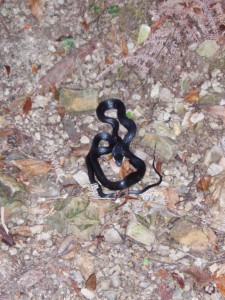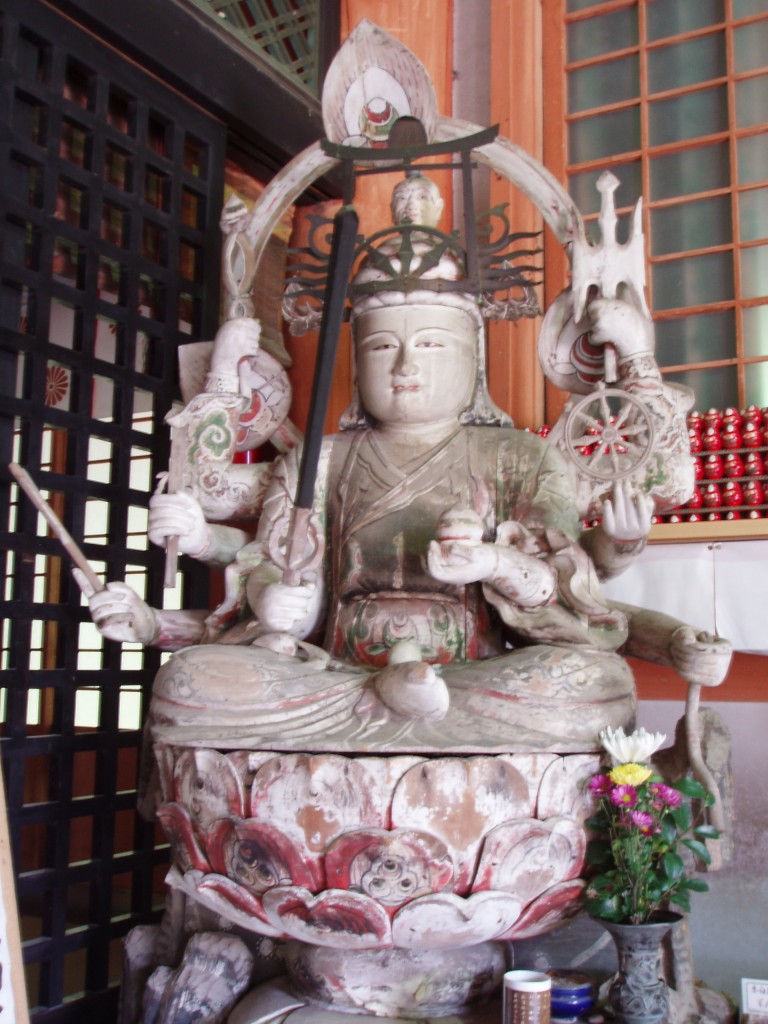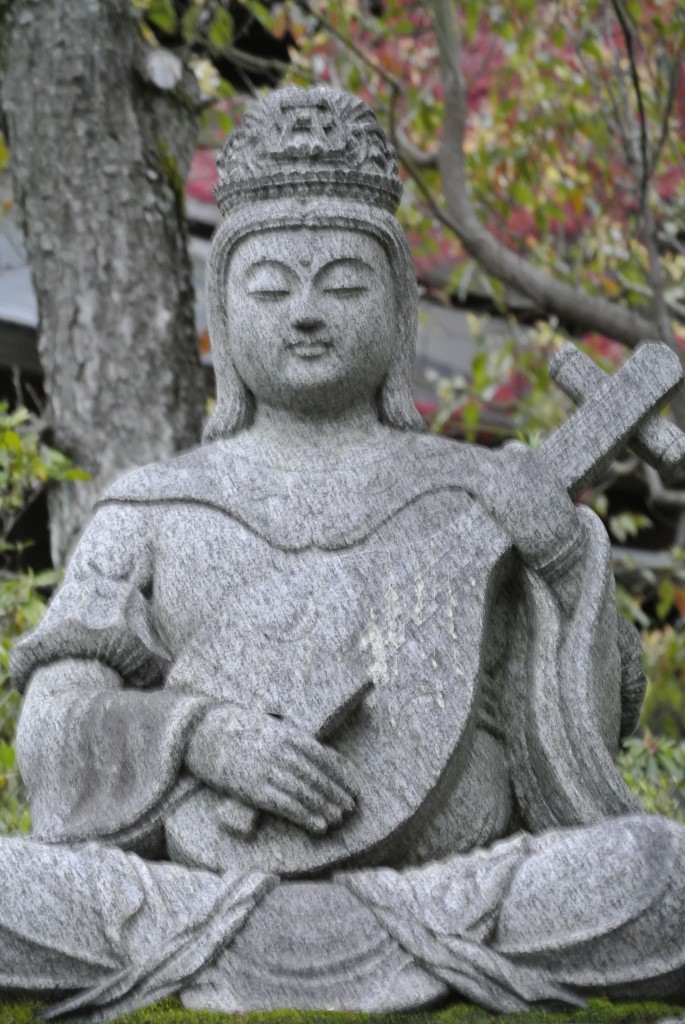 In a previous entry I wrote of the mythological significance of the snake. In the Daily Yomiuri, naturalist Kevin Short provides a different angle, focussing on the watery connections in Japan.
In a previous entry I wrote of the mythological significance of the snake. In the Daily Yomiuri, naturalist Kevin Short provides a different angle, focussing on the watery connections in Japan.
In the first part of the article, Short notes that there are about 50 species in the country, though only 8 of them live on the main islands. One of them has a very nasty bite and can reach up to two meters or more in length. Watch out!
In the rest of the article, Short considers the connection with water spirits, as follows below: *************************************************************************************************
In addition to being one of the 12 animals of the traditional Asian almanac, snakes are widely revered as messengers and familiars of local deities. Here in Japan, they are primarily associated with water spirits.
A good place to look for spiritual snakes is at tame-ike irrigation ponds. In the Kanto region, these are usually formed by damming the upper reaches of a narrow valley, at a spot where water naturally springs or seeps from the surrounding slopes. The water is held in the pond, then directed downstream though a series of canals and ditches to the waiting rice paddies.

Benzaiten on Chikubushima in Lake Biwa
Japanese civilization was built on irrigated rice cultivation, and securing a sufficient source of water has always been the key to successful farming. Naturally, the Japanese, as did people in most of the world, placed a high cultural value on spots that form their major source of water.
Tame-ike irrigation ponds have traditionally been treated as sacred places, inhabited and protected by spirits known generically as Suijin (literally water deities).
Suijin are typically revered in shrines constructed on small islands in the pond, or at least on chunks of land jutting out from the shore. A good example of this arrangement can be seen at Shinobazu Pond in Ueno Park [Tokyo]. The Suijin enshrined here is an extremely popular Buddhist deity known as Benzaiten.
Benzaiten originated as a native river or water goddess in India, and was transmitted to Japan along with Buddhism. She is usually depicted as a seated goddess playing a three-stringed instrument called a biwa, and in addition to watching over water sources, is also a special patron of musicians and other performers.
Benzaiten is sometimes depicted with a coiled snake sitting on top of her head. In rare instances she also appears in a very special avatar, with the body of a coiled snake and the head of a human being. This avatar is known as Jatai-Benzai, or “Snake-body Benzai.” A closely related Suijin, also often revered at irrigation ponds, is called Ugajin.

Benten in muse mode playing her biwa
Snake-body Suijin are rare, but you can see a stone statue of Ugajin just above the pond at Inokashira-koen park in western Tokyo. At one tiny irrigation pond in the Saitama countryside, I discovered a wonderful statue of a snake-body Benzaiten, only about a half-meter high, along with a tile plaque depicting a snake that serves as her familiar.
In this case, the sculptor went through considerable effort to depict a real snake. The short but thick body, fat head with puffed cheeks holding the poison glands, and mottled markings were clearly those of a mamushi pit viper!
It is perhaps natural that snakes in Japan be associated with water and water-spirits. Snakes here prey heavily on frogs and other small animals that live around the water. The mamushi in particular prefers moist habitats.
Also, most snakes have only one developed lung, but this is long and extends well down into the body. When filled with air the lung serves almost like an internal float, allowing the snake to swim effortlessly across the surface of the pond.
***********************************
Short is a naturalist and cultural anthropology professor at Tokyo University of Information Sciences. (Daily Yomiuri Jan. 3, 2013)

Thank you for the explanation about characteristics of snake.